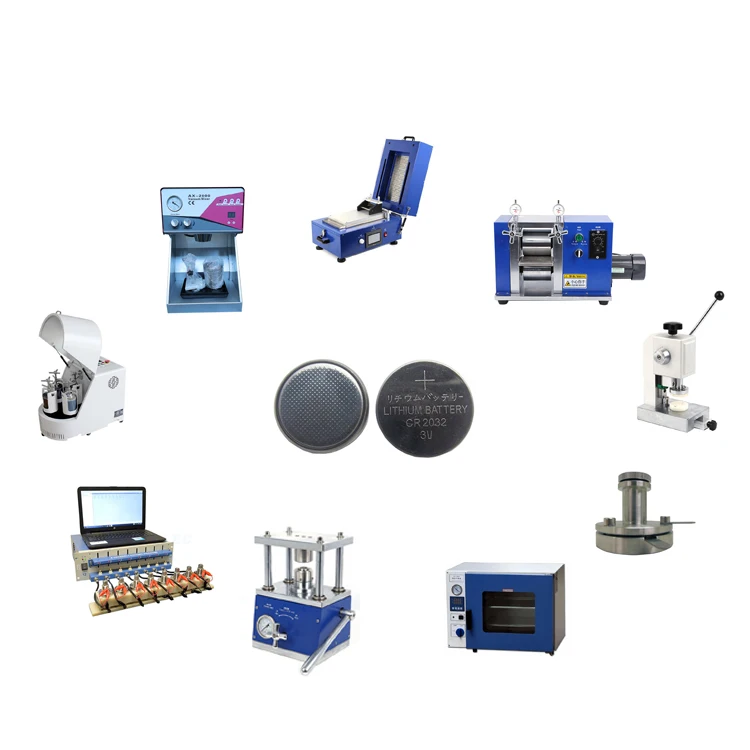-
Call Us
0086-592-7161550 -
Email us
ping@aotbattery.com -
Skype
ping@aotbattery.com
Call Us
0086-592-7161550Email us
ping@aotbattery.comSkype
ping@aotbattery.comButton battery assembly is a meticulous process that requires specific materials, follows a precise sequence of steps, and employs specialized preparation methods. Below is a comprehensive overview in English.
Positive Electrode Materials: Typically, the positive electrode (cathode) consists of active materials like lithium cobalt oxide (LiCoO2) or lithium iron phosphate (LiFePO4). These are mixed with conductive agents and binders to form a paste, which is then coated onto an aluminum foil substrate.
Negative Electrode Materials: The negative electrode (anode) commonly utilizes lithium metal or lithium compounds (e.g., graphite or silicon) coated onto a copper foil.
Electrolyte: A liquid or polymer-based electrolyte is used to facilitate the movement of ions between the electrodes. Common electrolytes include lithium salts dissolved in organic solvents or solid polymer electrolytes.
Separator: A thin, porous membrane made of materials like polyethylene or polypropylene serves as a separator to prevent direct contact between the electrodes while allowing the passage of ions.
Packaging Materials: The battery is encapsulated in a protective casing, typically made of plastic or metal (e.g., stainless steel coin cell case or aluminum), to prevent external damage, leakage, and short circuits.
Sealant Materials: Materials like polypropylene and aluminum are used to seal the battery casing, ensuring a hermetic seal.
Preparation of Electrodes:
Mix and grind the positive electrode active material with conductive agents and binders.
Coat the resulting paste onto an aluminum foil and dry it to form the positive electrode.
Cut lithium metal or lithium compounds into thin sheets and coat them onto copper foil to create the negative electrode.
Cell Assembly:
Stack the positive and negative electrodes with the separator in between, ensuring proper alignment.
Inject the electrolyte into the assembly, ensuring it permeates the separator and electrodes.
Place the assembly into a prefabricated casing, aligning the electrodes according to the specified orientation.
Sealing:
Apply pressure and/or heat to the casing to seal it, ensuring a tight, leak-proof connection.
Check the seal for any imperfections or leaks.
Final Inspection:
Perform quality control checks, including testing the battery's voltage, capacity, and leak resistance.
Reject any defective units and proceed with packaging for distribution.
Electrode Coating: Use a precision coating machine to uniformly apply the electrode paste onto the metal foil substrate. This ensures even thickness and consistent performance.
Cutting and Stacking: Employ automated cutting machines to precisely trim the electrodes to the desired size and shape. Stack the electrodes and separator layers with precision to maintain uniform spacing and alignment.
Injection of Electrolyte: Use a precision syringe or similar tool to inject the electrolyte into the battery assembly, ensuring minimal air bubbles and complete saturation of the separator.
Hermetic Sealing: Utilize advanced sealing technologies, such as ultrasonic welding or laser sealing, to create a strong, leak-proof bond between the casing and its components.
In conclusion, button battery assembly is a complex process requiring precise handling of materials and adherence to strict manufacturing protocols. By following these steps and utilizing the appropriate materials, manufacturers can produce high-quality, reliable button batteries for various applications.


Tel/Whatsapp: 0086-592-7161550

Scan to wechat:
